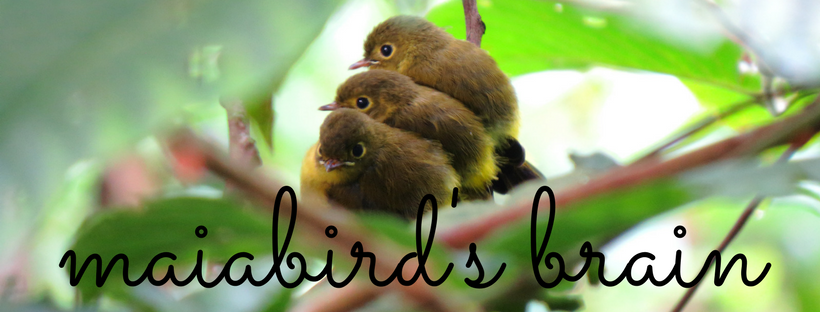Our next stop was in Bgy. Baruya in Lubao. Our friend Mark Jason told us about his birding around the area when he would visit his relatives. We were allowed to enter a gated area with lots of huge fishponds! But again, we came at the wrong time. The big fishpond that had been drained was already a parched field of cracked mud while the other ponds were still full of water.
 |
| Dried and cracked mud in one of the many fishponds. |
Of course we still birded in the area and saw a number of egrets and terns, as well as a couple of Yellow Wagtails running around in the blanched white mud. We also saw some Common Kingfishers noisily skimming over the water's surface.
 |
| A Yellow Wagtail forages on the parched landscape. |
 |
| Common Kingfisher resting in the shade. |
The heat from the sun was really burning by the time we headed back to the car. We decided to have lunch along the highway and then stop by Candaba on our way back to Manila. After a not-so-birdy morning in Sasmuan and Lubao, we were hoping Candaba would yield more birds for us. And again, Candaba did not disappoint.
 |
| Just a portion of the big flock of waders we saw along the road. |
We did not take the usual turn to Bahay Pare that would lead us to the Mayor's ponds. Instead we drove straight and headed towards the duck ponds. Along the way, we spotted a big flock of waders! Jops stepped on the brakes, parked the car, and out came all the scopes. Out came the sunblock, hats, scarves, shades, and long sleeves... anything and everything to protect us from the blazing sun! There wasn't a cloud in the sky and the sun seemed intent on broiling us alive.
 |
| Our birding group in the scorching heat! |
No amount of heat took us away from our scopes though, and we scanned and scanned and scanned. We spotted around 7 Black-tailed Godwits in the flock, which we also saw in Bgy. Paralaya last month. It's always a good bird to see, with its long two-toned bill, relatively big size, and distinct way of probing for food (like a sewing machine's needle!)
 |
| One of the Black-tailed Godwits among the stilts. |
It was really hard getting decent digiscoped photos, what with the sun reflecting off the water where the birds were. Looking through the scopes was challenging too with so much glare. But we continued to spot and count.
And lifers we did spot! We saw a chunky looking bird with a short, somewhat thick, slightly decurved, bill among the many Marsh Sandpipers. A Ruff! We scanned more carefully and found more of them foraging in the shallow water.
 |
| I tried my best to document the Ruff, but the glaring sun made it hard to get a good photo. This was the best I got. |
It was a lifer for me, Jops, and Jun! Mark also got a lifer that afternoon: Sharp-tailed Sandpiper! Standing under the sun never proved to be so worth the discomfort.
After doing our counts and taking in our lifers, we drove to the duck ponds and saw thousands of them. Unfortunately, they were too far off to really make out. But we did see some Philippine Ducks, Northern Shovellers, Garganeys, and some Eurasian Wigeons.
We bumped into birder friends Alex and Cel, and spent some time back at the rice paddies watching an enormous flock of terns flying low before settling down in the mud for the evening. It was breathtaking watching so many birds flying in one big flock!
After a very tiring day exploring parts of Pampanga, we drove home tired, hot, sticky, but happy having spent it with good friends and ending it with another lifer.






















